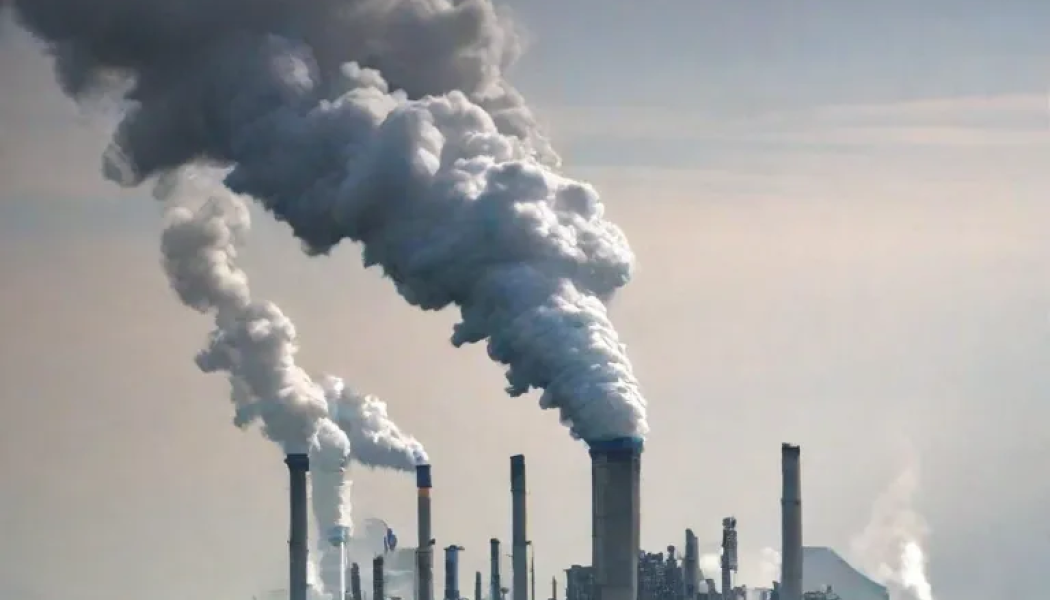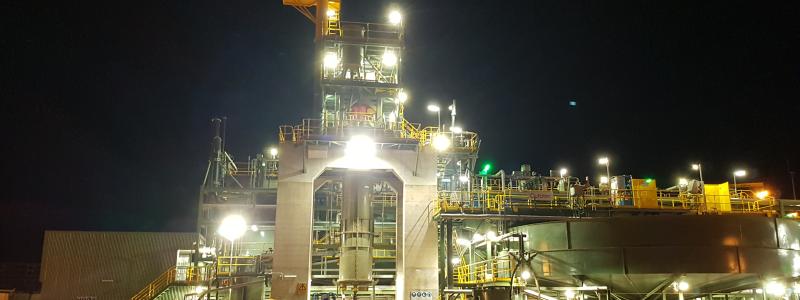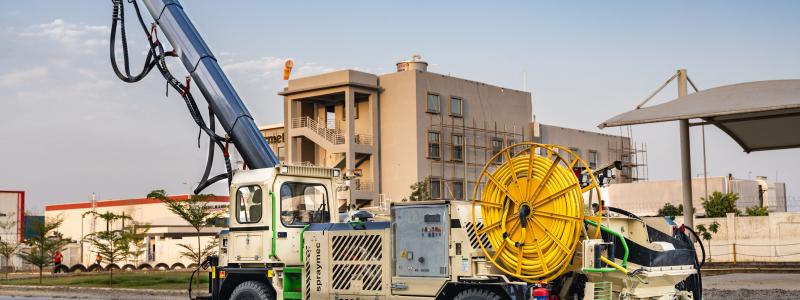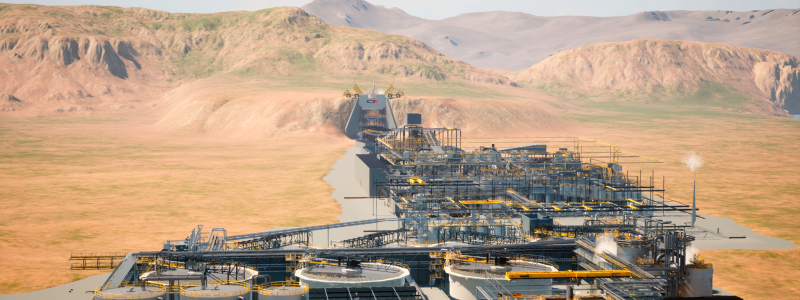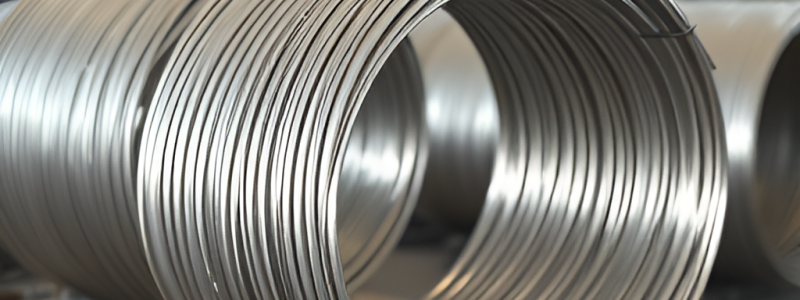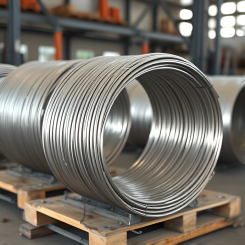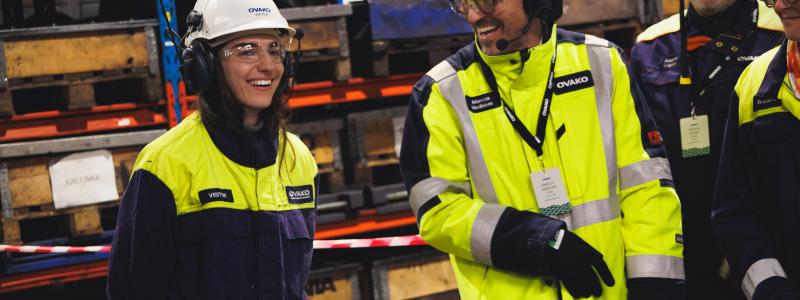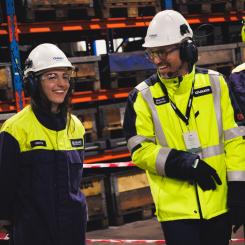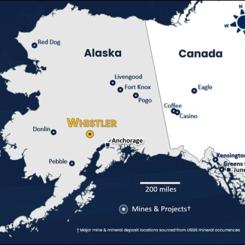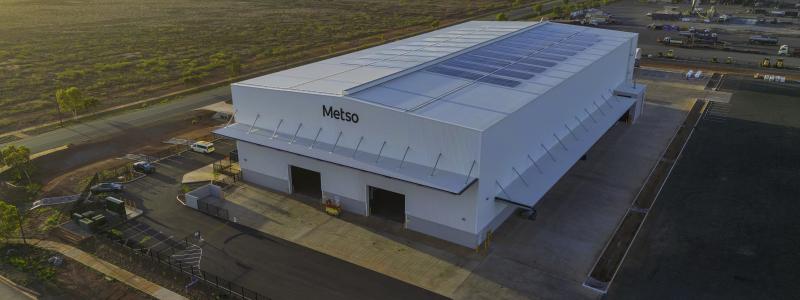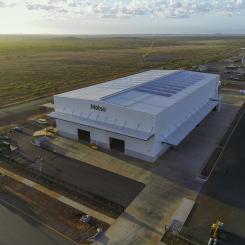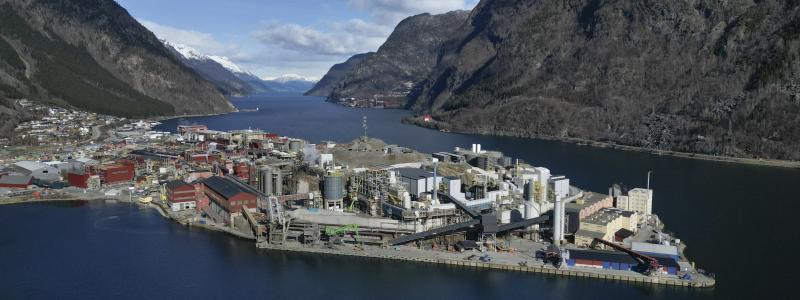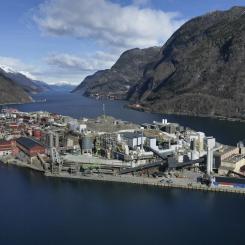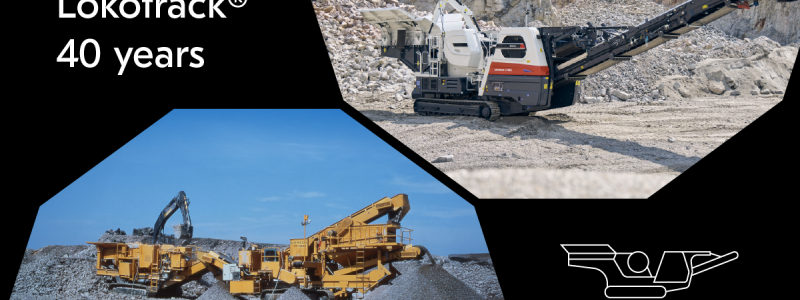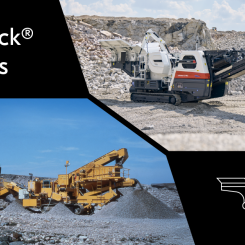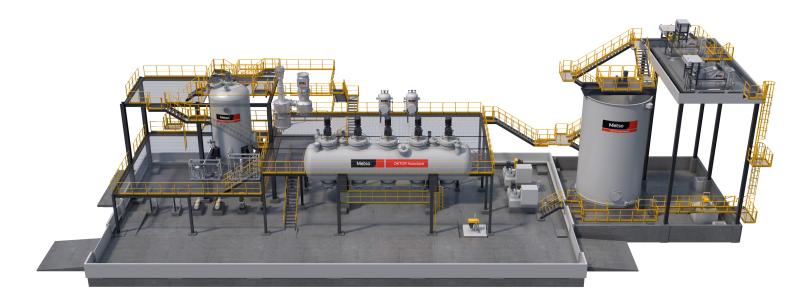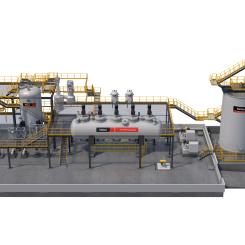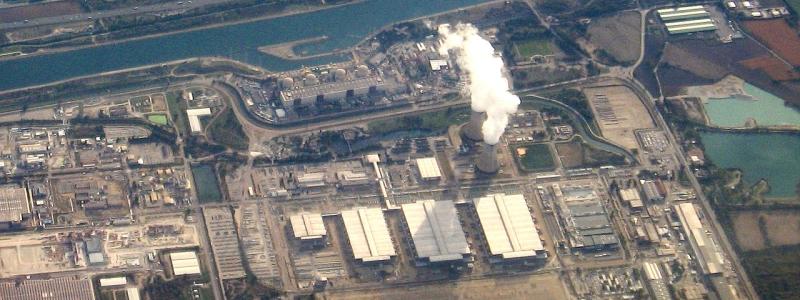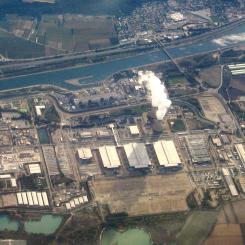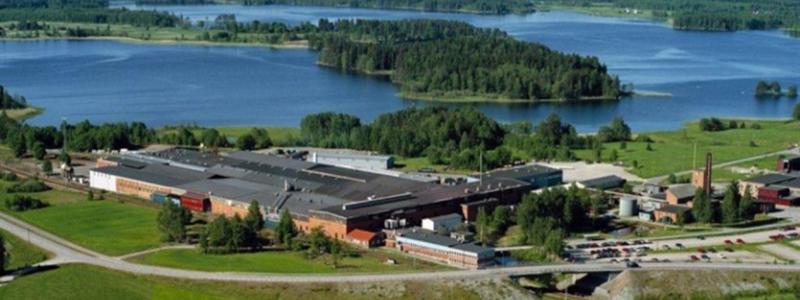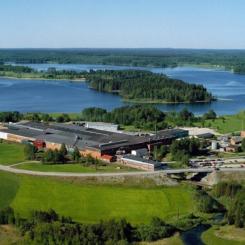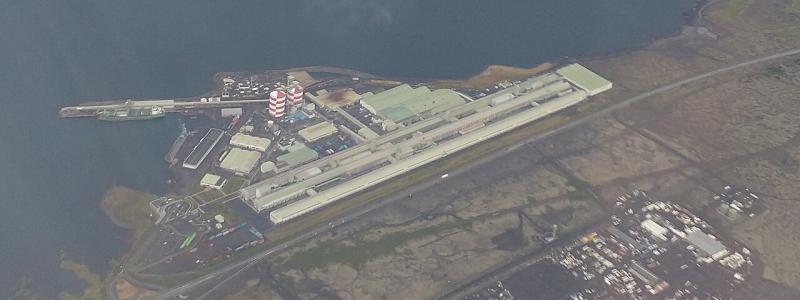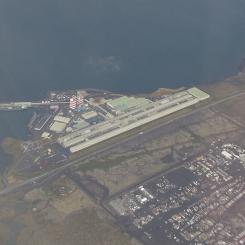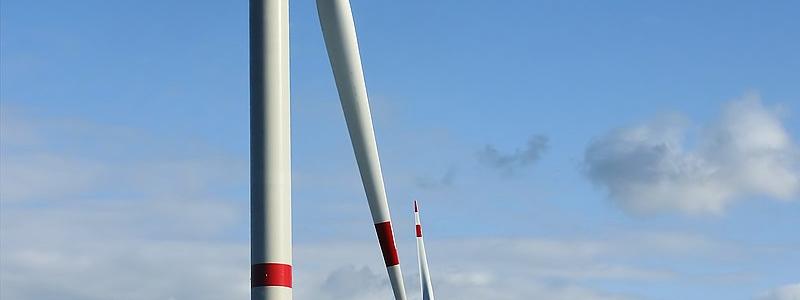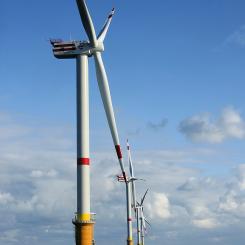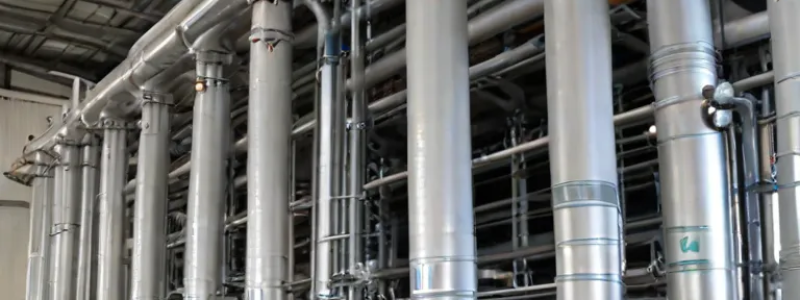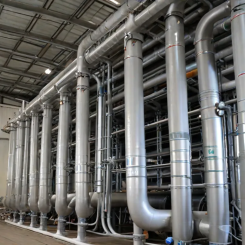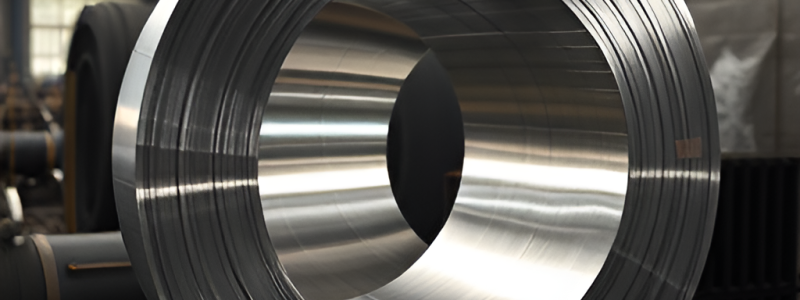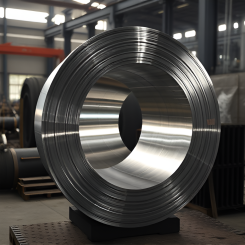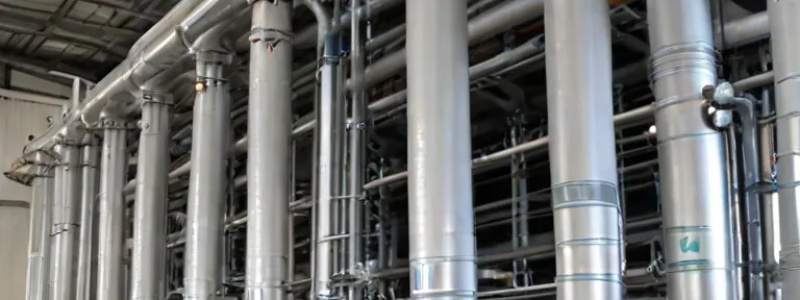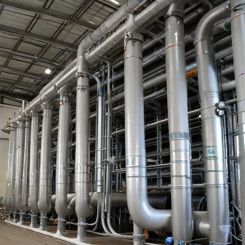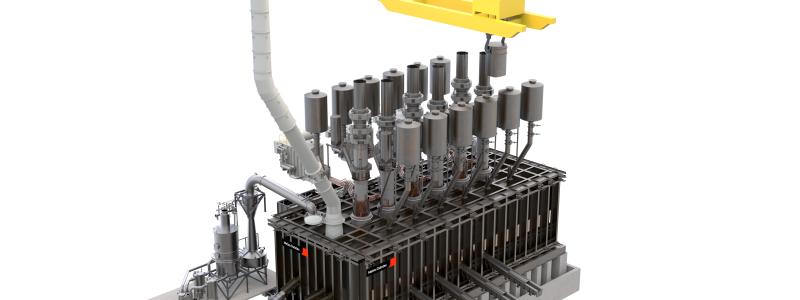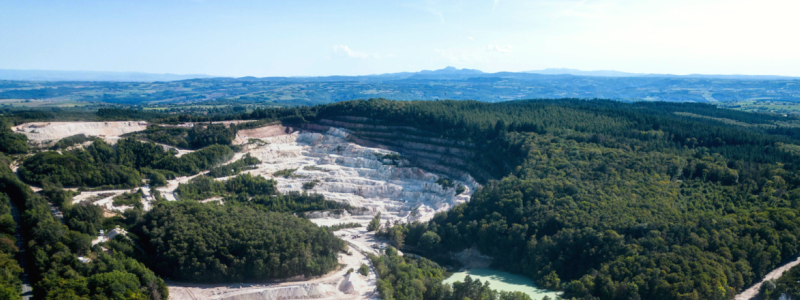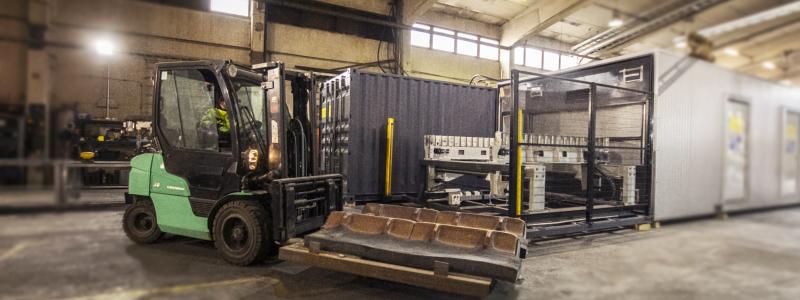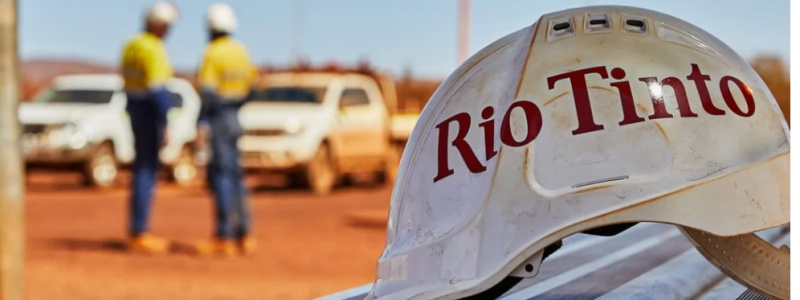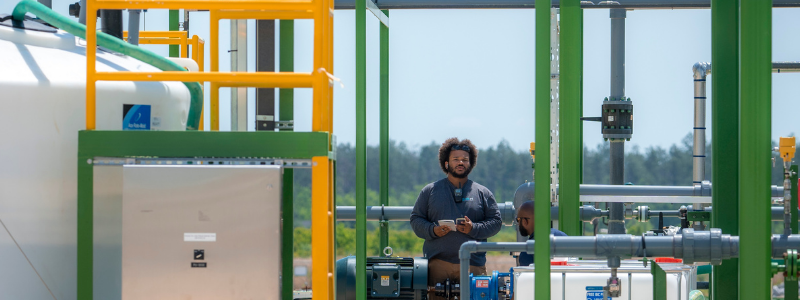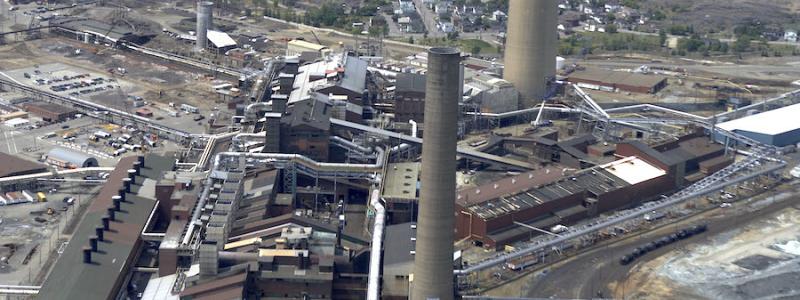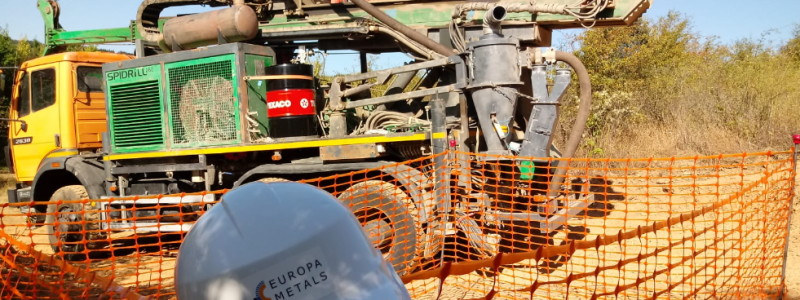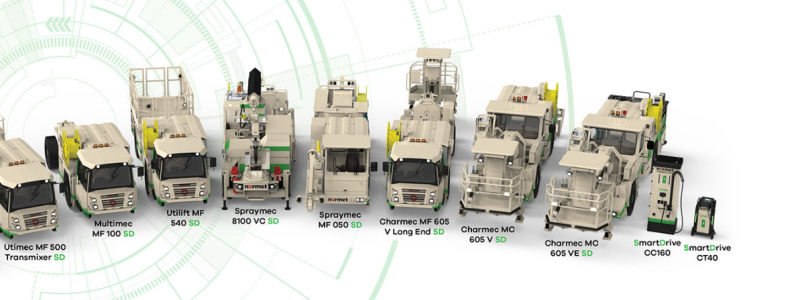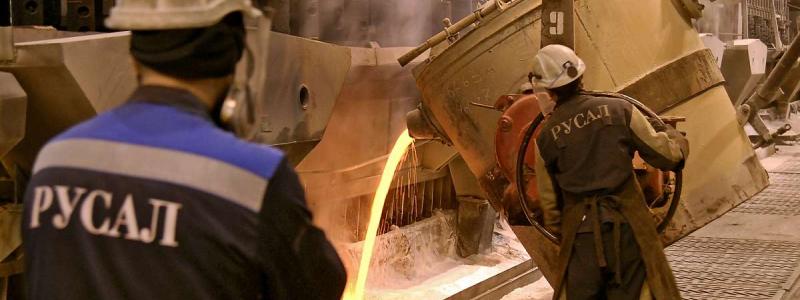Less than half of the world’s top steel producers have targets to reach net zero emissions by midcentury, and even fewer track the full scope of emissions produced by their business, jeopardizing the sector’s ability to meet long-term climate goals. This is one of the key findings of a new report based on data from the Green Steel Tracker co-written by LeadIT and Global Energy Monitor. Other findings include:
- Twenty companies now target net zero by 2050 or earlier, up from 17 in 2023.
- Twenty-three of the top 50 producers lack concrete intermediate milestones like a 2030 emissions reduction target, making it challenging to achieve the goal of net zero by 2050.
- Fifteen of the top 50 steel producers, only one more since last year, have defined emission scopes in their net zero targets.
The steel sector accounts for an estimated 7–9% of direct global greenhouse gas emissions, and the International Energy Agency has said that CO2 emissions from heavy industries need to drop 93% in order to reach net zero emissions by 2050.
The top 50 steel producers — which rely more heavily on higher emissions steelmaking technologies than the global industry average and are responsible for more than 60% of the sector’s emissions — are identified according to the latest production ranking provided by the World Steel Association.
Greater transparency is essential to demonstrate commitment to decarbonisation. While some companies have made initial progress, clearer plans are needed from the majority to reach net zero by 2050, including plans for specific emission scopes reductions. Establishing intermediate targets, tracking progress, and sharing updates publicly can motivate the sector to accelerate its transition.
As of September 2024, half of the top 50 steel producers still lack a net zero target: Sixteen companies have not stated a net zero target in their public reporting, and nine companies have provided no information on climate targets at all. Five companies have targets to reach net zero after 2050. Seventeen companies have set a 2030 emissions reduction goal, three fewer top 50 producers than in the 2023 update. Two of these companies removed their 2030 goals, while one reduction is due to the shift in rankings of the top 50 steel producers.
Conversely, ten companies have now established milestones between 2030 and 2040, an increase of five companies compared to 2023.
Only fifteen of the top 50 steel producers have specified the emission scopes they plan to address in order to reach their net zero targets. Scope 1 emissions refer to those resulting directly from the production process, Scope 2 emissions refer to those from purchased electricity and steam, and Scope 3 are indirect emissions resulting from supply chain activities like coal mining and shipping.
Just four companies have included measures to address Scopes 1, 2, and 3 in their plans. Three of these companies aim to achieve net zero by 2050, while one plans to reach this goal before 2050.
The increase in target reporting among the top 50 steel producers is a positive sign of progress, yet it falls short of what is needed to reach net zero by midcentury. The top 50 steel firms can set an example of leadership as not only steel producers, but emissions reducers through target setting and collective action to reach net zero 2050.






